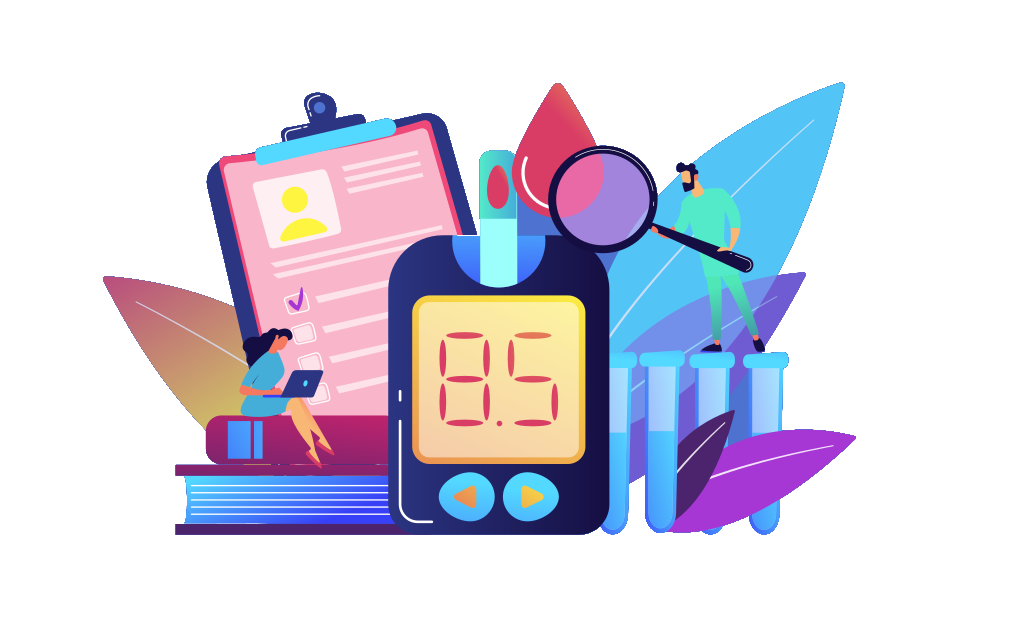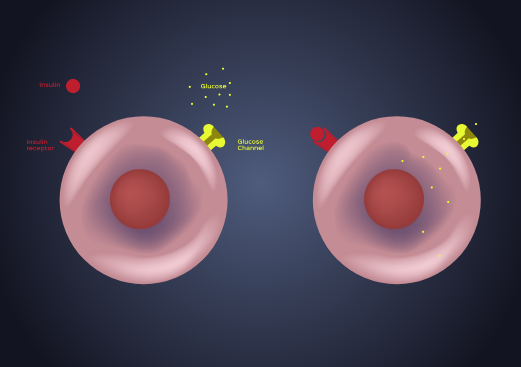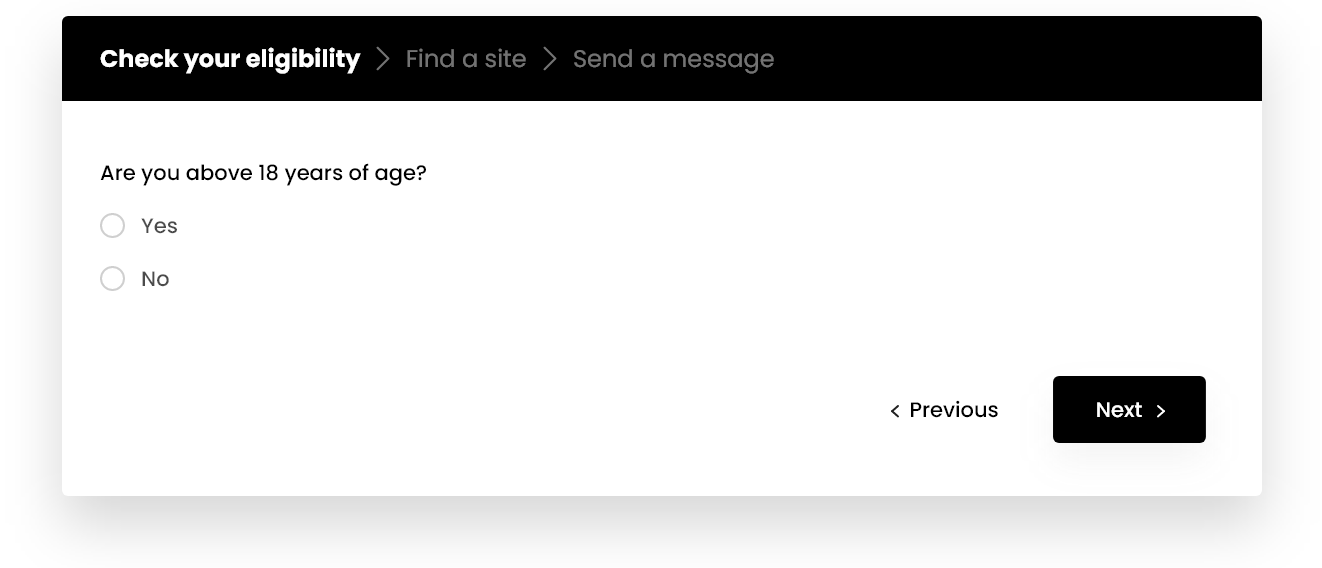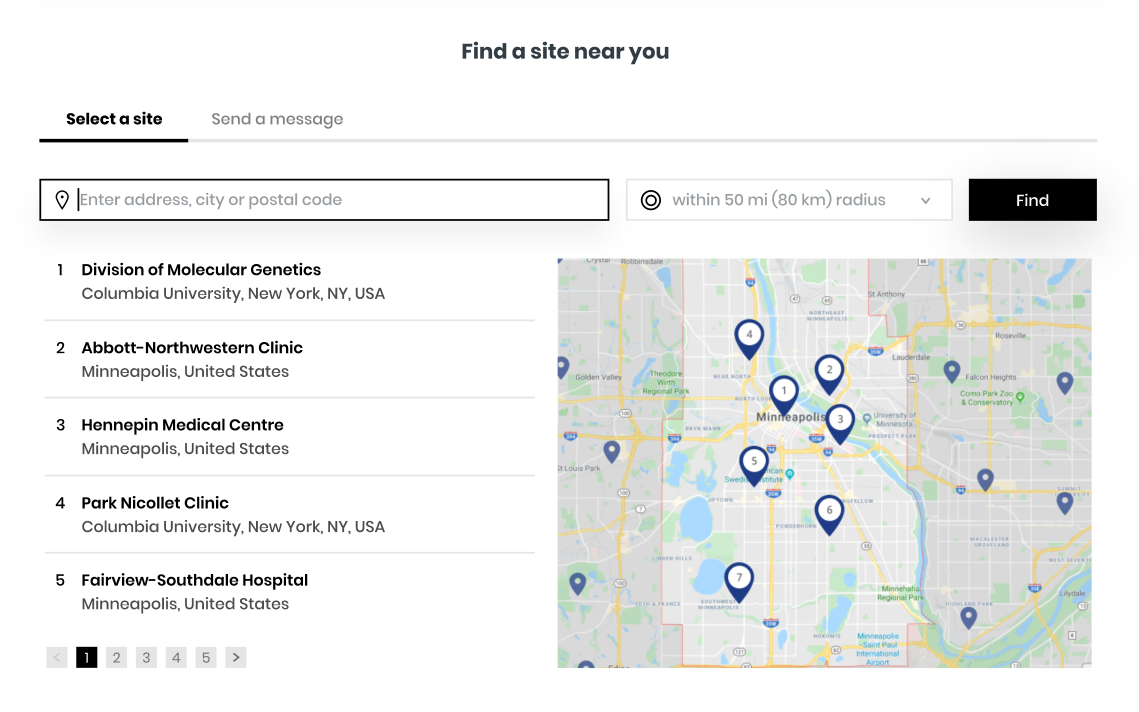What questions should I ask if I am thinking about a clinical research study?
If you are eligible and decide to join the clinical research study,
you will take part for up to 22 weeks. You can expect to visit the
study site about 10 times, with one follow-up telephone call. If you
are eligible and decide to join the clinical research study, you will
take part for up to 22 weeks. You can expect to visit the study site
about 10 times, with one follow-up telephone call.







